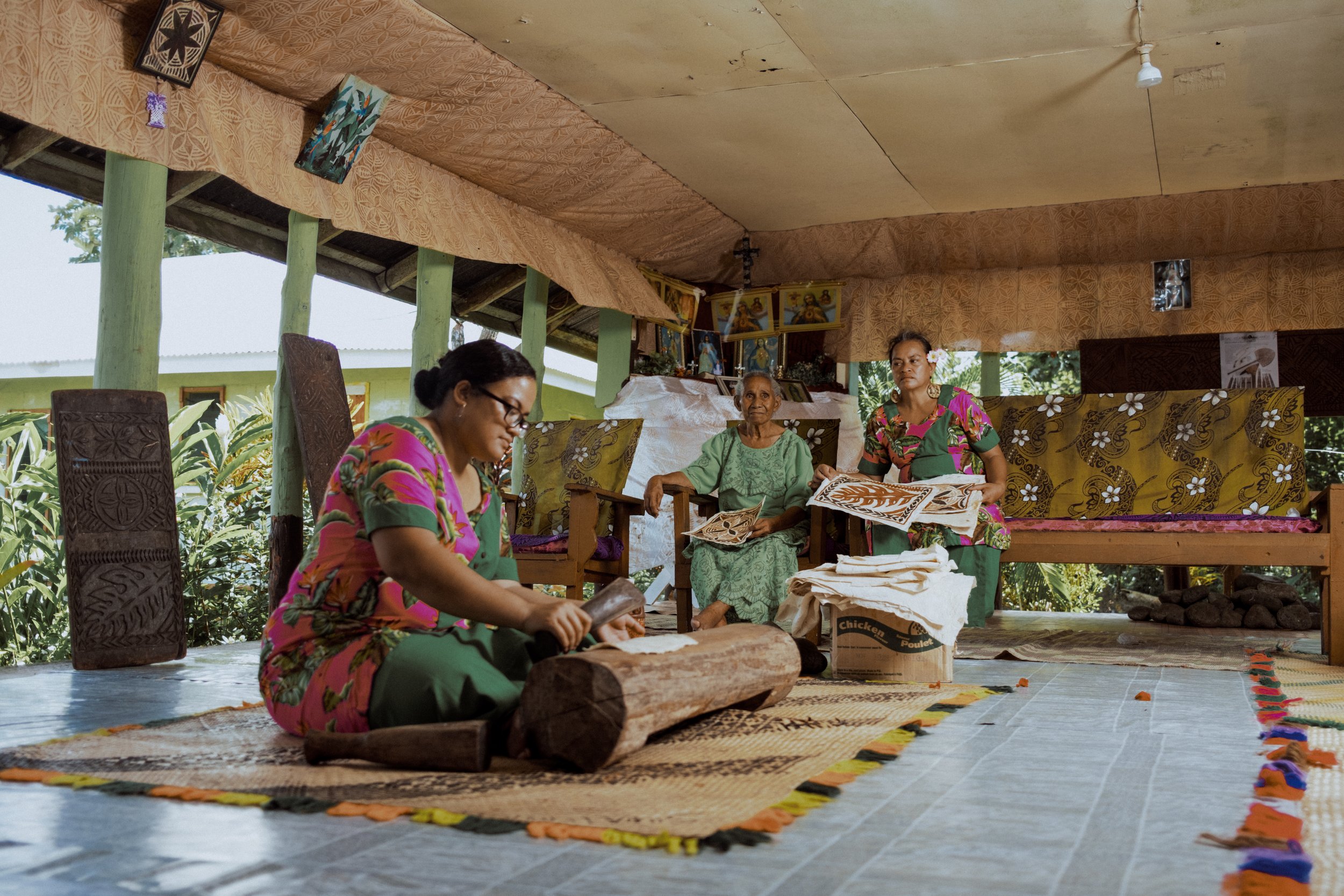
AI vs. Pasefika Creativity
Pasefika creativity has always been adaptive. Across generations, artists, storytellers, and makers have evolved their practices while staying rooted in cultural knowledge. Now, with AI changing the creative landscape, the question isn’t just about safeguarding Indigenous art, it’s about how to innovate without losing what makes it powerful.
This conversation isn’t new. It echoes the stance of legendary filmmaker Hayao Miyazaki, whose work at Studio Ghibli is a masterclass in resisting shortcuts. While the animation industry moved towards CGI and automation, Miyazaki doubled down on traditional hand-drawn animation. Why? Because, to him, the process of creating, every sketch, every stroke, was just as important as the final product. He saw AI-generated animation as lifeless, an insult to the struggle and intention behind real artistry.
Now, AI is imitating his work, generating images in his signature Ghibli style without the years of storytelling, labour, and heart behind them. This is a warning for all creatives: the moment something becomes easily replicable, it risks losing its soul. And that’s exactly why Pasefika creativity, which is built on relationships, protocols, and personal connection, must be fiercely protected.
Fashion’s quest for authenticity.
Fashion brands are at a crossroads. AI can churn out endless variations of ‘tribal-inspired’ prints, but in a world flooded with digital sameness, the demand for authentic, deeply personal storytelling is only growing. Luxury brands, in particular, aren’t just looking for designs, they’re looking for the meaning behind them. They want real collaborations, genuine narratives, and artistry that can’t be replicated by an algorithm.
Consider brands like Dior, which collaborated with Indigenous artists from Mexico to create authentic embroidery, or Gabriela Hearst, who worked with Chloé to bring Indigenous craftswomen into the luxury space.
Studio Ghibli has proven this with its longevity. While AI-generated “Ghibli-style” images may flood the internet, people still return to the real thing because they crave the authenticity, the imperfections, and the depth that only human hands can create. The same applies to Pasefika creativity, fashion brands aren’t just buying a look, they’re investing in the story behind it.
Are we just stubborn creatives or holding ground?
As AI pushes its way further into the creative industries, the question isn’t just whether to use it, but what we risk losing if we do. Will those who resist be left behind, or is there a different kind of power in holding onto traditional methods?
Miyazaki has already answered this in his own way. He didn’t just reject AI for the sake of it, he believed in the soul of human-made art. He understood that creativity isn’t just about efficiency, but about process, patience, and emotion. And despite the rise of digital animation, Studio Ghibli remains one of the most beloved and respected studios in the world. His resistance wasn’t a step backward, it was what made his work timeless.
Indigenous creatives now stand at a similar crossroads. AI can replicate patterns, generate artwork, and even mimic traditional techniques. But what it can’t do is understand the meaning behind them. It can’t sit with elders, learn protocols, or carry the weight of ancestry in its code. So, do we really risk being left behind, or is there beauty, and even strategy, in resisting the pull of automation?
This isn’t about rejecting technology outright, but about having the conversation. What does AI offer that truly serves Pasefika creativity? What does it take away? And, as fashion brands seek authenticity, are they really interested in machine-generated designs, or do they crave the human stories that come from real hands, real connections, and real culture?
Maybe, like Miyazaki, the future isn’t about keeping up—it’s about standing firm.

